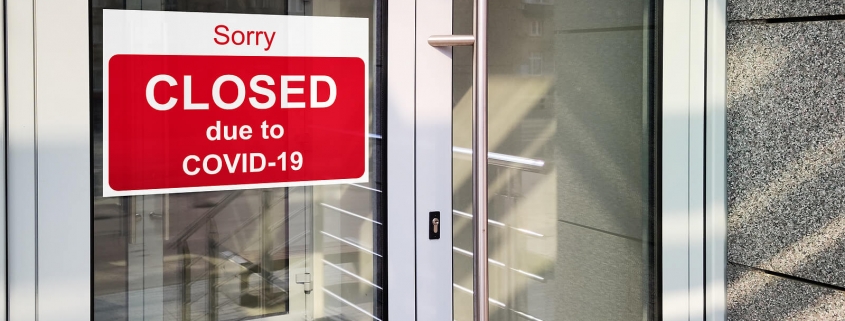The Coronavirus crisis is turning the metropolitan areas bustling day and night into desolate places. When people remind each other of #socialdistancing and moving their presence to online channels, traditional and offline communications methods such as press conferences, customer conferences, trade fairs, activities community service activities (CSR), etc. are facing obstacles to implement. How can we PR professionals do our work when the public suddenly “went out of sight”?
Follow your audience into the online world!
It’s not the end of the world not being able to meet face-to-face. In fact, the Internet is getting more active than ever with netizens going online every day using different technologies. Amidst the hardship caused by Coronavirus, live streaming press conferences and webinars are effective alternatives to traditional PR forms.
These methods are more than just a “plan B”. Online press conferences could open up new opportunities for businesses, allowing them to expand their spread without limitation in space and time, attract new customers, proactively create content for future use, well control of situations, avoid unexpected incidents, save organizing costs, etc.
Out of sight, out of mind. A webinar is also an effective medium to effectively maintain interaction with the brands’ audience by sharing useful knowledge and provide support. If executed well, online press conferences and webinars can effectively help brands reach their potential customers. As traditional markets are struggling, these new opportunities would become their new beacons of hope.
Another useful channel is social media, which is recording an increase in usage during social distancing. As online users are exposed to online content for a longer period of time at the moment, interesting and appealing content would help brands grasp their attention. Brands could consider using influencer marketing to increase coverage if necessary.
Keep in mind that the public has already been overwhelmed by the epidemic information, so if brands and public relations agencies continue to stuff this information into their head, readers would become “fed up” and create a counterproductive effect. Gentle, witty, practical articles or status, such as “Full equipment for office at home” for electronics, “‘Colorful’ meals boost immunity” for the fresh food industry, “10 ways to maximize in-door entertainment” for online entertainment services etc. will be appreciated.
Overall, a little indirect PR will make it easier to create empathy. During this global epidemic, the public is now very sensitive, thus, each step that the business take would be amplified multiple times comparing to the normal days. The least that brands want to do is getting involved in fake news, or conduct marketing based on the fear of the public.
Author Nhung Do is a copywriter of EloQ Communications. Nhung Do has over 10 years of experience in journalism, book writing, teaching and content creation. Read more articles relating to marketing and communications at EloQ’s Blog.

